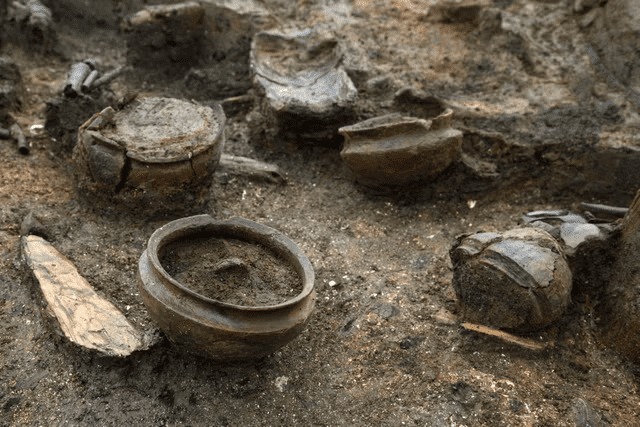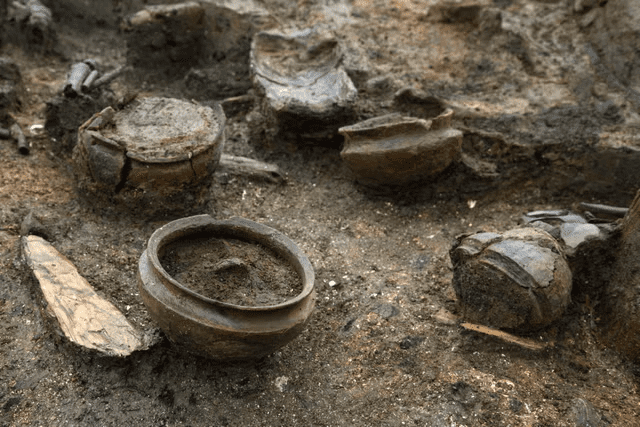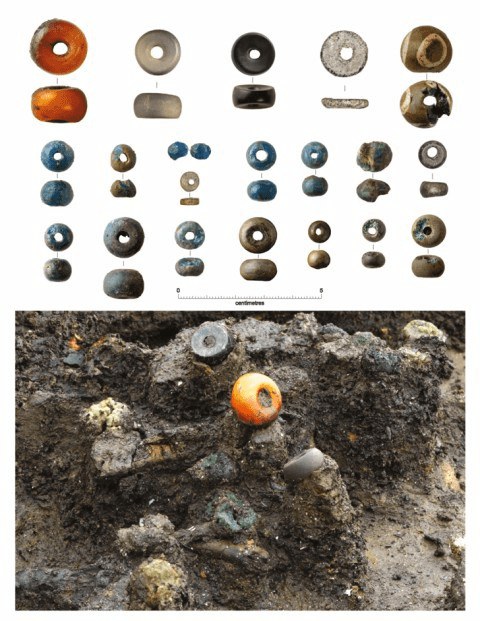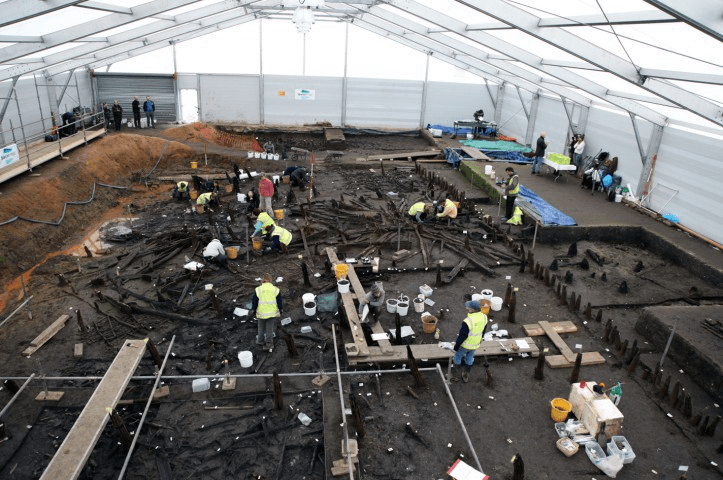People inhabited the 'UK’s Pompeii' for only a year before it was destroyed by fire, but the remaining artifacts are exceptionally well-preserved.
A recent study offered a deeper understanding of the lives of people who resided at what is now Must Farm in Peterborough over 3,000 years ago.
The village consisted of 10 round wooden houses built on stilts above a river and may have had 50 to 60 residents, according to the researchers.
The cause of the fire in 850 BC remains unknown, but researchers at the University of Cambridge found an abundance of well-preserved items such as jewelry with imported beads, fine flax linen clothes, and even a tool bin. recycling They also mentioned that the inhabitants lived a comfortable domestic life and enjoyed honey-glazed venison and meaty porridge.
The researchers, from Cambridge Archaeological Unit (CAU), excavated Must Farm almost ten years ago and revealed the lifestyle of the inhabitants as the Bronze Age was concluding.
Beautiful jewelry was among the discoveries (Picture: PA/Cambridge Archaeological Unit)
Chemical analysis revealed traces of a wheat porridge mixed with animal fats, possibly from goat or red deer.
They even found a broken wooden spatula used for stirring, which was still leaning against the inside of the bowl.
Project archaeologist Dr Chris Wakefield at CAU said: 'The site is giving us clues about recipes for Bronze Age meals.'
Dr. Wakefield explained that chemical analyses of the bowls and jars indicated traces of honey and ruminant meats such as deer, suggesting these ingredients were combined to create a form of prehistoric honey-glazed venison.
He added, 'It seems the occupants saved their meat juices to use as toppings for porridge.'
The excavation site (Picture: PA/Cambridge Archaeological Unit)
Environmental analysis showed that vegetation in the river helped to cushion the material falling from the structures, preventing damage.
The items landed directly beneath where they had been stored in the houses, providing archaeologists with a direct insight into the use of the roundhouses.
A combination of charring and waterlogging led to the preservation of thousands of objects, including almost 200 wooden artifacts, over 150 fiber and textile items, 128 pottery vessels, and around 90 metalwork pieces.
Some of the items from the excavation will be exhibited at Peterborough Museum and Art Gallery starting from April 27.
The new study is split into two volumes, both available online.
The clay pot is a nice addition. part I and part II, both available online.












